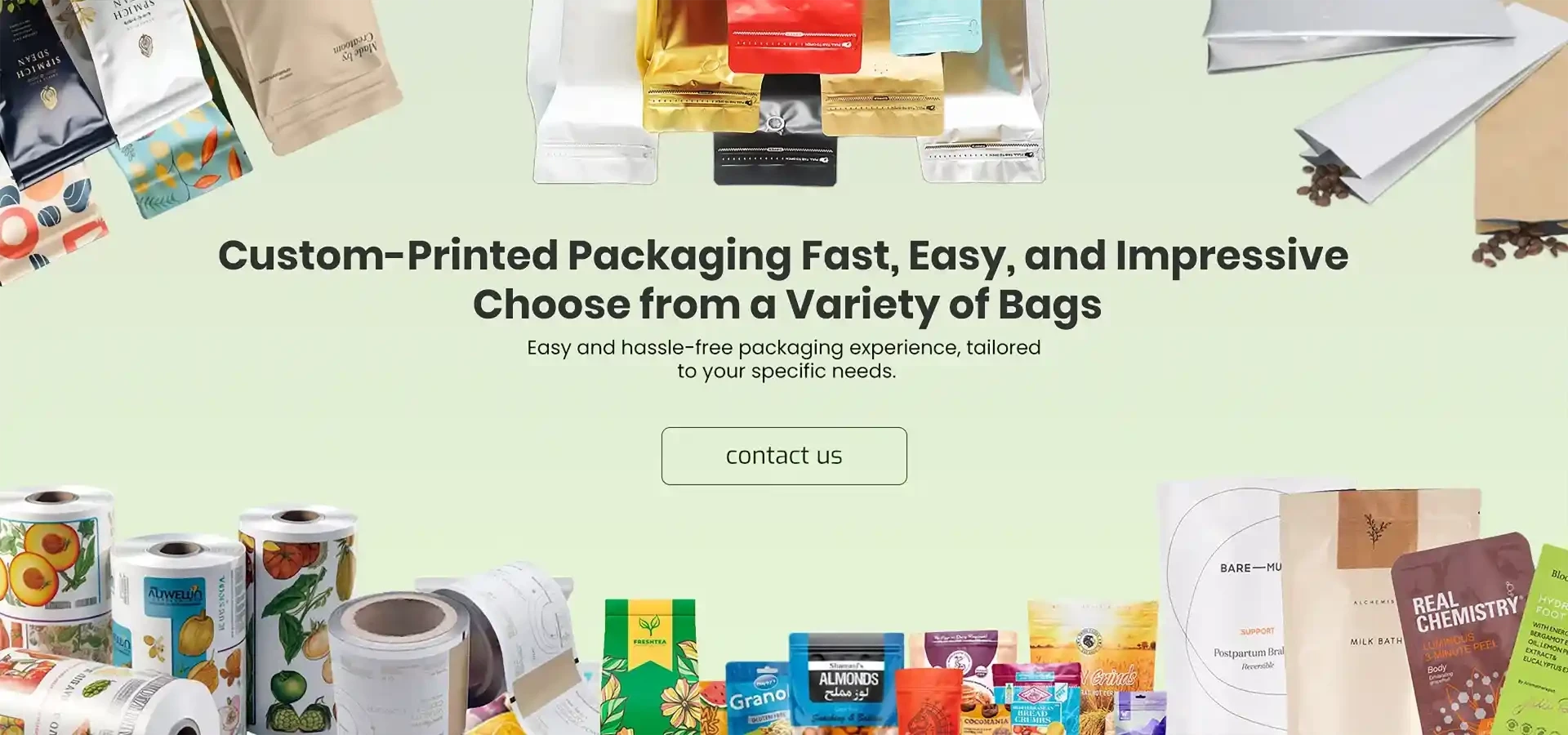- Afrikaans
- Albanian
- Amharic
- Arabic
- Armenian
- Azerbaijani
- Basque
- Belarusian
- Bengali
- Bosnian
- Bulgarian
- Catalan
- Cebuano
- chinese_simplified
- chinese_traditional
- Corsican
- Croatian
- Czech
- Danish
- Dutch
- English
- Esperanto
- Estonian
- Finnish
- French
- Frisian
- Galician
- Georgian
- German
- Greek
- Gujarati
- haitian_creole
- hausa
- hawaiian
- Hebrew
- Hindi
- Miao
- Hungarian
- Icelandic
- igbo
- Indonesian
- irish
- Italian
- Japanese
- Javanese
- Kannada
- kazakh
- Khmer
- Rwandese
- Korean
- Kurdish
- Kyrgyz
- Lao
- Latin
- Latvian
- Lithuanian
- Luxembourgish
- Macedonian
- Malgashi
- Malay
- Malayalam
- Maltese
- Maori
- Marathi
- Mongolian
- Myanmar
- Nepali
- Norwegian
- Norwegian
- Occitan
- Pashto
- Persian
- Polish
- Portuguese
- Punjabi
- Romanian
- Russian
- Samoan
- scottish-gaelic
- Serbian
- Sesotho
- Shona
- Sindhi
- Sinhala
- Slovak
- Slovenian
- Somali
- Spanish
- Sundanese
- Swahili
- Swedish
- Tagalog
- Tajik
- Tamil
- Tatar
- Telugu
- Thai
- Turkish
- Turkmen
- Ukrainian
- Urdu
- Uighur
- Uzbek
- Vietnamese
- Welsh
- Bantu
- Yiddish
- Yoruba
- Zulu
types of packaging pouches
Types of Packaging Pouches An Overview
Packaging plays a pivotal role in the preservation, safety, and appealing presentation of products. Among the various forms of packaging, pouches have become increasingly popular across a wide range of industries including food, cosmetics, pharmaceuticals, and more. This article explores the different types of packaging pouches, their materials, and their applications.
1. Stand-Up Pouches
Stand-up pouches are designed to stand upright on store shelves, making them highly appealing to consumers. Usually made from multi-layered materials, such as plastic, foil, or paper, these pouches offer excellent barrier properties against moisture, light, and oxygen. This quality makes them ideal for packaging snacks, grains, and dry foods. Additionally, many stand-up pouches come equipped with features such as resealable zippers, which enhance convenience and preserve the product’s freshness after opening.
2. Flat Pouches
Unlike stand-up pouches, flat pouches do not have a bottom gusset, allowing them to lie flat when filled. They are often used for smaller items or products that do not require a lot of space. Common materials include polyethylene, polypropylene, and sometimes kraft paper. Flat pouches are frequently used for items such as coffee, spices, and pet food. They can also be easily customized for branding purposes, making them a popular choice for businesses looking to enhance their product's shelf appeal.
Vacuum pouches are a specialized type of packaging designed to minimize the air around the product, thus extending its shelf life. These pouches are commonly used in the food industry for packaging meats, cheeses, and other perishables. The elimination of air inhibits the growth of bacteria and other spoilage organisms. Vacuum sealing also provides an added layer of protection during transportation, as the pouches are less likely to be crushed or damaged.
types of packaging pouches

4. Blister Packs
While not pouches in the traditional sense, blister packs are an important form of flexible packaging commonly used for pharmaceuticals and consumer goods. Blister packs consist of a pre-formed plastic cavity or pocket that holds individual items, such as pills, small gadgets, or hardware components. The products are sealed with a paper or foil backing, providing excellent protection from moisture and contamination. This form of packaging allows for easy visibility while maintaining product integrity.
5. Retort Pouches
Retort pouches are engineered for high temperature processing, making them suitable for heat-treated foods. They are often used in ready-to-eat meals, soups, and sauces, allowing for a longer shelf life without the need for refrigeration. Made from durable materials that can endure high heat, retort pouches are sealed in a way that prevents the entry of microorganisms after the cooking process, ensuring food safety.
6. Specialty Pouches
Specialty pouches include a variety of unique designs tailored for specific products and applications. Examples include child-resistant packaging for pharmaceuticals, travel-sized pouches for cosmetics, or even eco-friendly pouches made from biodegradable materials. These specialized pouches meet different industry requirements while addressing consumer preferences for sustainability and usability.
Conclusion
As consumer needs evolve and industries seek innovative solutions for packaging, the range of available pouches continues to expand. From stand-up pouches that enhance shelf appeal to vacuum pouches that extend shelf life, each type of pouch serves a specific purpose in protecting and promoting products. Understanding the various types of packaging pouches can help businesses choose the right solution that aligns with their branding, functional, and sustainability goals. In an increasingly competitive market, effective packaging can make all the difference.













